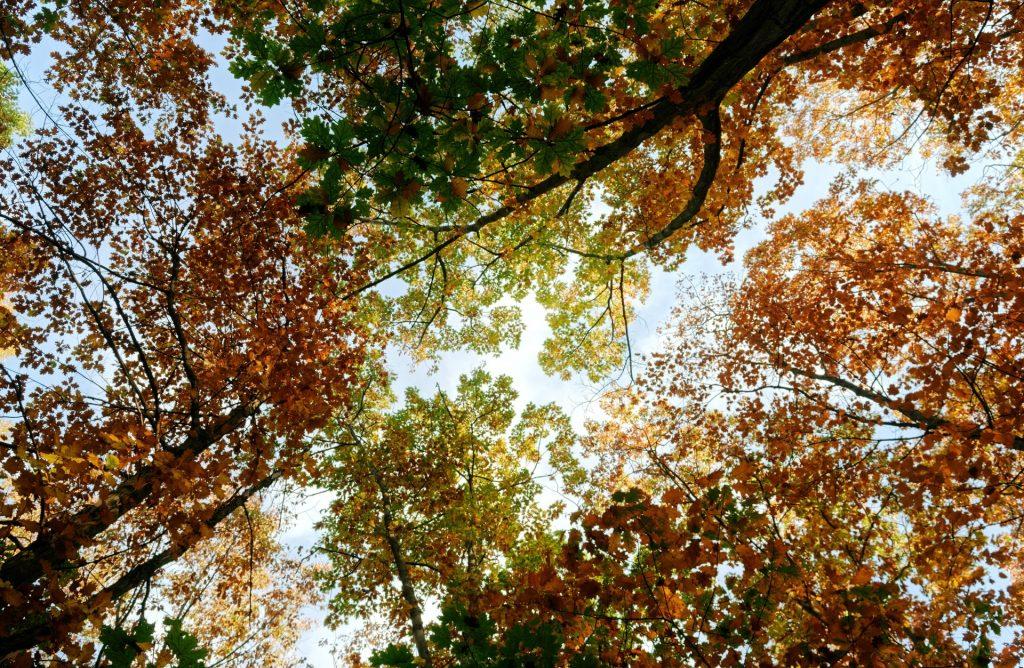New England’s picturesque landscapes are filled with a variety of trees, each contributing to the region’s natural beauty. However, just as with any living organism, trees are susceptible to diseases that can compromise their health. In this post, we’ll explore common tree diseases in New England, how to identify them, and how Ethical Tree Services can help property owners address these issues effectively.
Identifying Common Tree Diseases
Some of the most tree diseases in this region include:
- Dutch Elm Disease (DED): This fungal disease affects elm trees, causing wilting, yellowing, and browning of leaves, often starting at the top of the tree and progressing downward. Infected trees may develop characteristic “flagging” as branches die back. To identify DED, keep an eye out for brown streaks in the sapwood under the bark.
- Anthracnose: Anthracnose is a fungal disease that affects a variety of hardwood trees, including maple, oak, and sycamore. Symptoms include irregularly shaped leaf spots, browning or curling of leaves, and premature leaf drop. In severe cases, anthracnose can cause defoliation and weaken the tree.
- Apple Scab: Common among apple and crabapple trees, apple scab is caused by a fungus that manifests as olive-green to black lesions on leaves and fruit. Infected leaves may become distorted or develop velvety patches on their undersides. Severe infections can lead to premature leaf drop and reduced fruit quality.
How Ethical Tree Services Can Help:
Ethical Tree Services offers professional tree disease treatment and identification services to address common tree diseases in New England:
- Diagnosis and Assessment: Our certified arborists will conduct a thorough assessment of your trees to identify signs of disease and determine the appropriate course of action.
- Treatment Plans: Based on our assessment, we’ll develop customized treatment plans tailored to the specific tree disease affecting your property.
- Preventative Measures: In addition to treatment, we’ll implement preventative measures to reduce the risk of future disease outbreaks.
- Tree Removal: In cases where trees are severely infected and beyond saving, our team can safely remove and dispose of the affected trees, minimizing the risk of disease spread to nearby trees. We prioritize tree preservation whenever possible, so removal would be a last resort.
Don’t let common tree diseases compromise the health and beauty of your property. With the expertise and assistance of Ethical Tree Services, you can identify, treat, and prevent tree diseases effectively. Contact us today to get a free estimate and protect the health and longevity of your trees.

